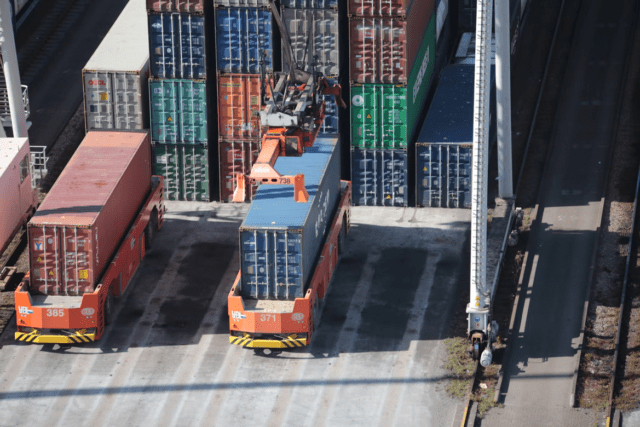
The global supply chain has been a giant mess since the pandemic.
While everyone has been waiting for things to ‘stabilize’ and return to normal, it seems that it’s worsening instead. In fact, prospectors predict food products, aluminum, and semiconductors might be one of the things that consumers will struggle to get as the year progresses.
But the old saying that “acknowledging a problem is half-solving it’” applies. Now that the supply chain problem has been acknowledged, it looks like 2022 might just be the year things take a turn-around, and the supply markets will sync. And as the graph looks set to go up, it’s definitely a great idea to make sure your money is on the upward rollercoaster.
The Nature of the Problem
Simply put, what happened in the pandemic was a bottleneck. While COVID-19 was grinding things to a halt, people still needed all the basic amenities, leading to a spike in demand without adequate supply. Further, according to the law of supply, this is also the explanation for the consequent soaring prices.
While it’s tempting to think it, simply using the artificial intelligence card on supply chains is not enough. At a surface glance, you might believe self-driving trucks and complex AI systems might be a solution. Instead, entrepreneurs have approached the problem from a more basic (some would say PropTech) perspective.
They have focused on rebuilding their systems, making them more dexterous, and improving their ability to manage warehouse space and keep tabs on inventory.
In the end, the whole point of a supply chain is to get goods to the consumer. Therefore, building a software structure that leases warehouse space in real-time helps retailers store their goods in closer proximity to their customers.
Also, entrepreneurs opt to automate the more labor-demanding part of their operations to improve general workflow and productivity instead of replacing their workers with machines and robots.
The Immediate Future of Supply Chain Technology

The key question that may be at the back of your mind: “What exactly is supply-chain technology without AI?” Here are two answers:
Warehouse Robotics
Some time-intensive and back-aching warehouse work, like order picking, accounts for more than 50% of labor resources in many cases. This is why robots are a good option to reduce fulfillment time. Interestingly, simply walking across a fulfillment center can take a lot of time. Technology that handles this can leave room for logistics experts and other staff to concentrate on the complex things that only a human mind can do.
Real-time Monitoring
Nothing is more important for inventory management than real-time monitoring. When supply-chain agents are connected to the same database, providing a transparent and accurate display of inventory at any point in time gives the process more efficiency and control.
Where the Investment Comes In
As the COVID-19 pandemic caused a lapse in supply, it also had the inadvertent effect of bringing everyone’s attention to the room for expansion in that sector.
With tech startups also being in vogue, it’s no surprise how people have combined these elements to realize the potential in supply-chain technology. For example, a report from PitchBook showed that in 2021, supply-chain technology revenue was 60% higher than the previous year–in just the first nine months.
Different companies have come up with various strategies for utilizing this new surge of income, allowing you to pick from a plethora of choices you can buy stocks from. If you’re new to the stocks arena or looking to change your broker, you should consider using SoFi to buy stocks online.


































